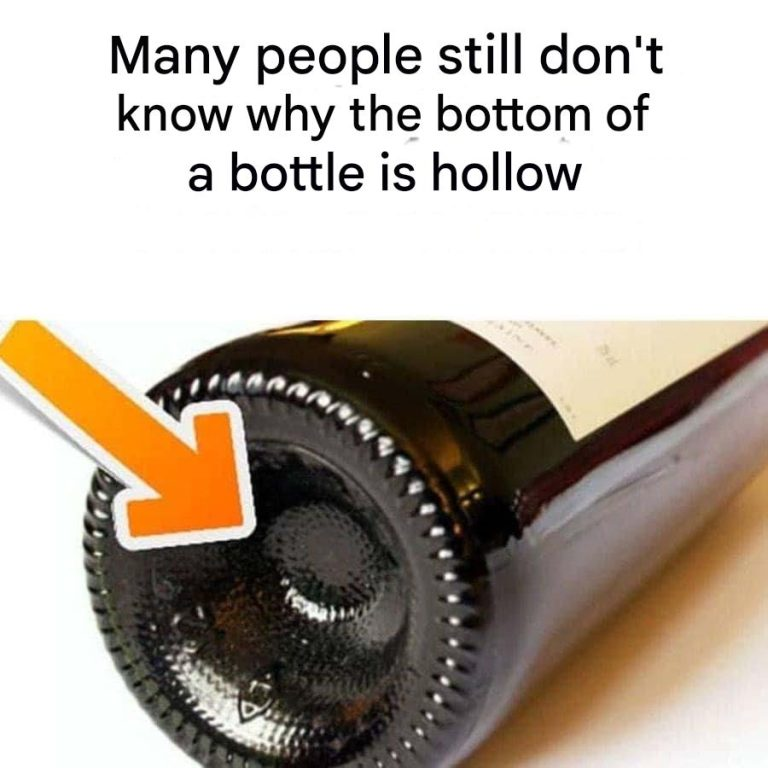ADVERTISEMENT
2. Ease of Handling:
The punt allows for a better grip when pouring the wine, especially when the bottle is large or heavy. Some wine enthusiasts also believe that the shape makes the bottle easier to hold while pouring without spilling.
3. Sediment Collection:
In wines that are aged for a long time, especially red wines or certain types of Champagne, a punt can help collect sediment that may form in the bottle over time. The indentation allows sediment to settle in the bottom, preventing it from being poured out when serving the wine.
4. Tradition and Aesthetic Appeal:
The punt is often seen as a traditional feature that enhances the bottle’s visual appeal. Historically, it was used as a way to make handmade bottles more stable. Today, it’s also a design choice that conveys a sense of quality and craftsmanship, as bottles with punts are often associated with higher-end wines.
5. Cost of Production:
Some argue that the punt can indicate a higher cost of production. Making a bottle with a punt is slightly more complex and may take more time compared to a flat-bottomed bottle, which could be seen as a sign of premium craftsmanship.
In summary, the punt serves both practical and aesthetic purposes, adding to the bottle’s structural integrity, ease of use, and visual appeal.
